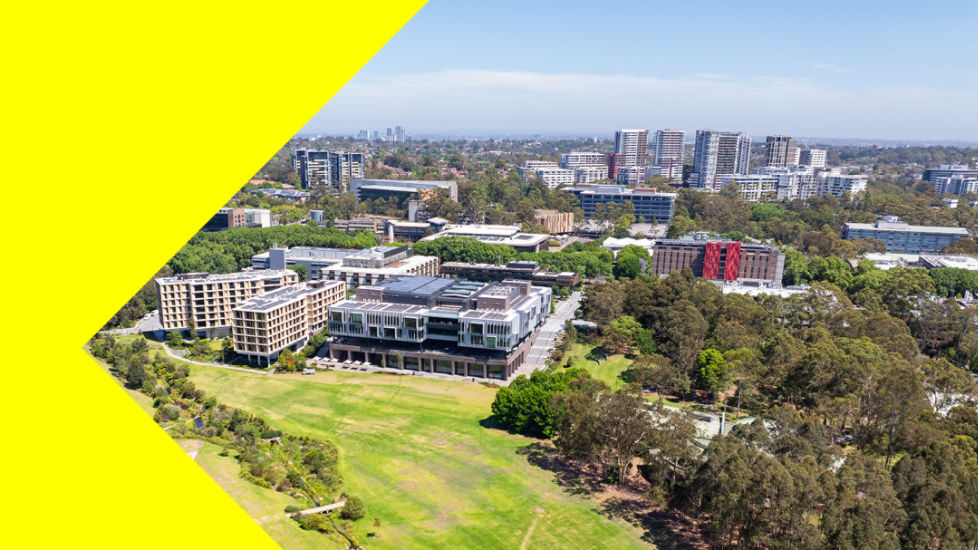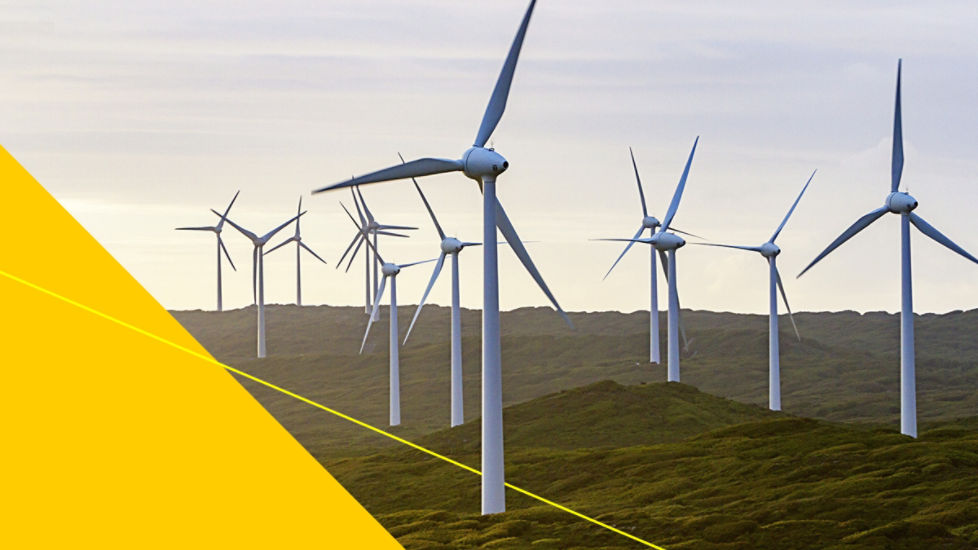Reaching net zero requires global positive change across sectors to share ideas, develop strategies and mobilise solutions. "The climate and nature crises are complex challenges that require active collaboration from corporates, government, non-profits, academia, communities and technologists," says Dr Yasmina Elshafei, Managing Director, Global Carbon, at CommBank.
"Australia’s vast land and water resources create significant potential for carbon sequestration at scale through nature-based solutions, such as restoration of soils, vegetation and coastal ecosystems," says Elshafei. "When they’re operating ethically and effectively, carbon markets can have a transformational impact on the energy transition. They can incentivise lowest-cost abatement initiatives throughout the economy, as well as help direct capital to emerging technologies that are potentially critical to a successful transition. They can also support nature-based solutions, which can often provide multiple social and environmental benefits.
Further, the contribution that First Nations communities can make to Australia developing a best-in-class approach is important. Suzanne Thompson, Director, Indigenous Carbon Industry Network, Founder and Managing Director of YACHATDAC shares, "to be able to create change and reflect the Indigenous voice into the development of the methodologies, we need to deliver on our plans, we need to be involved, sit on the integrity standard panels to inform and participate – we have a sleeping voice that is sitting there that needs to be awakened and shared."
Soil carbon sequestration
"Soil carbon could pull down about 100 million tonnes of CO2 a year just in Australia," says Dr Terry McCoskerOAM, executive chair of soil and farm carbon aggregator CarbonLink™ and a renowned agriculture innovator. "That would take about 30 million hectares, which is a fraction of the managed landscape in Australia. It’s a win-win in every direction. If we can put carbon in the soil, we change the small-water cycle, which is broken in many places."
McCosker believes that climate-change weather impacts we’re already seeing are not just to do with CO2 but also because of how the small-water cycle has been affected. "Soil carbon farming is an opportunity to get CO2 out of the atmosphere and put it in a place where it can do good. It improves productivity of land, increases the water-holding capacity of land and improves the quality of food that comes off that land. By stabilising soils, it stabilises income in agriculture so there are benefits for society as well. When you have carbon in your soil, you’ll be the last person into drought and the first out, we’re already seeing that among some CarbonLink™ clients."
Returning carbon to marine ecosystems
Australia has about 12 per cent of the world’s blue-carbon habitats – the ocean and coastal ecosystems that store carbon in the precious mangroves, salt marshes and seagrasses of wetlands that have been heavily impacted by development. By the end of the 20th century, 35 per cent of the world’s mangroves had been destroyed according to Australian company Restore Blue. The group was founded by environmental engineers, scientists and lawyers, including Dr Emma Carmody, an experienced environmental lawyer, to rehabilitate these precious ecosystems – along with the revenue stream from ultra-high-quality carbon credits. "We realised that to scale this restoration work and have a meaningful impact on wetland loss – one of the most threatened ecosystems in the world – we were going to have to work with landholders and offer meaningful incentives," says Carmody.
Australia’s blue-carbon opportunity is underscored by three key advantages: the biophysical opportunity (an abundance of relevant habitat), the favourable policy settings of the Carbon Farming Initiative and its Australian Carbon Credit Unit scheme, and leading scientists working on developing and improving restoration methods. "Australia is one of only two countries in the Global North that has a nationally legislated blue-carbon method and the only one in the Global North that has mangroves," says Carmody. "We’re definitely world-leading in that respect."
Refining monitoring to maximise Australia’s carbon head start
"With MRV – measuring or monitoring, reporting and verification – not only can Australia lead the world, Australia has led the world for the land sector for nearly 25 years," says Rob Waterworth, founder and Chief Science and Innovation Officer with carbon-accounting solution firm Flintpro.
"No other country runs satellite-based tracking of land-use change, no-one else has built systems from the ground up specifically to support carbon markets since the ’90s. The vision of the people who did that many years ago has served us extremely well and effectively underpins the carbon market – it’s a remarkable achievement."
But Waterworth cautions against resting on those laurels. "In the past 15 years, that system hasn’t moved forward – it’s been in maintenance mode, ticking over and making sure it’s not broken." He says Australia now has an enormous opportunity to capitalise on the foundation but we need to sharpen our focus. "One of the biggest advantages we have in this country is that we’re used to scaling and operating really efficiently," he says. "There are some great new companies – Pairtree and Ruminati for example – that have the technology to bring these disparate data streams together to start scaling and getting the information that we need to people."




